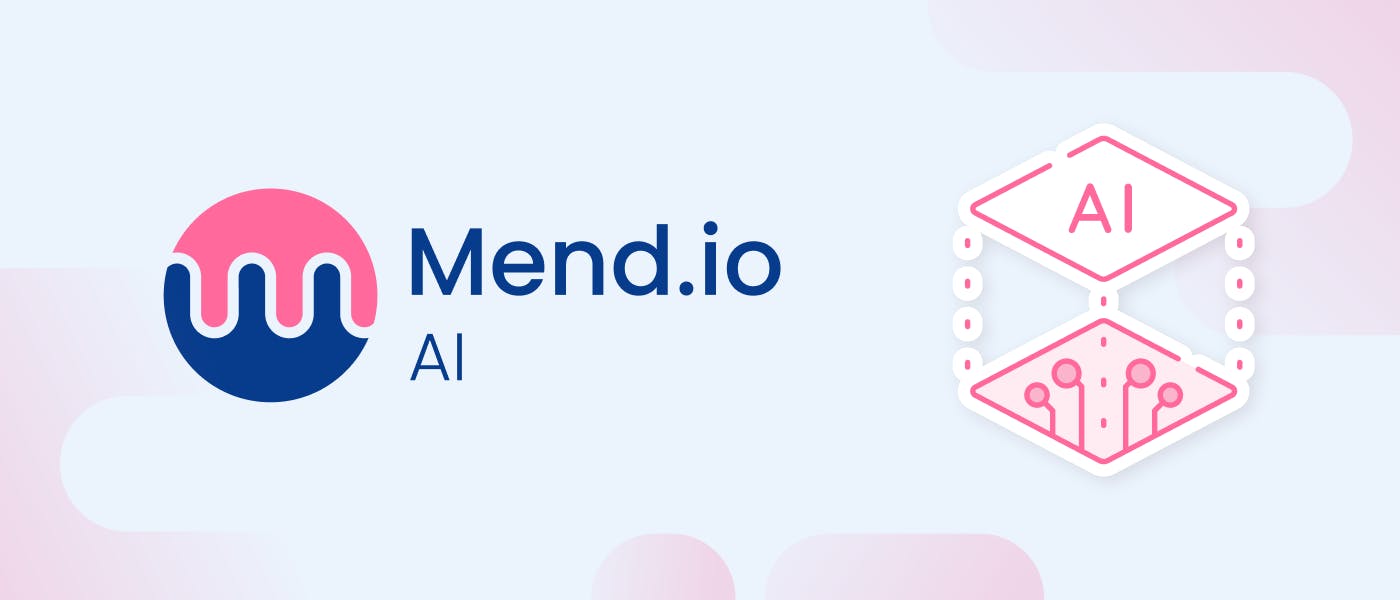It took less than a year for AI to dramatically change the security landscape. Generative AI started to become mainstream during February 2024. The first few months were spent in awe. What it could do and the efficiencies that it could bring were unheard of. According to a
Among these tools, OpenAI’s ChatGPT is particularly popular, with
Adoption is widespread, but there are concerns about the accuracy and security of AI-generated code. For a seasoned developer or application security practitioner, it does not take long to see that code created with Generative AI has its problems. With just a few quick prompts, bugs and issues appear quickly.
But developers excited about AI are introducing more than old-fashioned security bugs into code. They’re also increasingly bringing AI models into the products they develop–often without security’s awareness, let alone permission— which brings a whole host of issues to fray. Luckily, AI is also excellent at fighting these issues when it’s pointed in the right direction.
This article is going to look at how:
- AI can help organizations discover all the AI technologies they have and are using, even shadow AI that security teams are unaware of.
- AI enables semantic data point extraction from code, a revolutionary development in application security.
- AI-powered red teaming can expose vulnerabilities in LLMs and applications
- AI can assist in creating guardrails and mitigation strategies to protect against AI-related vulnerabilities.
- AI can help developers understand and secure the APIs they use in their applications.
Shadow AI: The Invisible Threat Lurking in your Codebase
Imagine a scenario where developers, driven by the need to keep up with their peers or just simply excited about what AI offers, are integrating AI models and tools into applications without the security team’s knowledge. This is how Shadow AI occurs.
Our observations at Mend.io have revealed a staggering trend: the ratio between what security teams are aware of and what developers are actually using in terms of AI is a factor of 10. This means that for every AI project under securities purview, 10 more are operating in the shadows, creating a significant risk to the organization’s security.
Why is Shadow AI so concerning?
-
Uncontrolled Vulnerabilities: Unmonitored AI models can harbor known vulnerabilities, making your application vulnerable or susceptible to attacks.
-
Data Leakage: Improperly configured AI can inadvertently expose sensitive data, leading to privacy breaches and regulatory fines.
-
Compliance Violations: Using unapproved AI models may violate industry regulations and data security standards.
Fortunately, AI itself offers a solution to this challenge. Advanced AI-driven security tools can scan your entire codebase, identifying all AI technologies in use, including those hidden from view. The comprehensive inventory will enable security teams to gain visibility into shadow AI, help assess risks, and implement necessary mitigation strategies.
Semantic Security: A New Era in Code Analysis
Traditional application security tools rely on basic data and control flow analysis, providing a limited understanding of code functionality. AI, however, has the ability to include semantic understanding and, as a result, give better findings.
Security tools that are AI-enabled can now extract semantic data points from code, providing deeper insights into the true intent and behavior of AI models. This enables security teams to:
- Identify complex vulnerabilities: Discover vulnerabilities that would otherwise go unnoticed by traditional security tools
- Understand AI model behavior: Gain a clear understanding of how AI models interact with data and other systems, especially with agentic AI or RAG models.
- Automate security testing: Develop more sophisticated and targeted security tests based on semantic understanding, and be able to quickly write and update QA automation scripts as well as internal unit testing.
Adversarial AI: The Rise of AI Red Teaming
Just like any other system, AI models are also vulnerable to attacks. AI red teaming leverages the power of AI to simulate adversarial attacks, exposing weaknesses in AI systems and their implementations. This approach involves using adversarial prompts, specially crafted inputs designed to exploit vulnerabilities and manipulate AI behavior. The speed at which this can be accomplished makes it almost certain that AI is going to be heavily used in the near future.
AI Red Teaming does not stop there. Using AI Red Teaming tools, applications can face brutal attacks designed to identify weaknesses and take down systems. Some of these tools are similar to how DAST works, but on a much tougher level.
Key Takeaways:
● Proactive Threat Modeling: Anticipate potential attacks by understanding how AI models can be manipulated and how they can be tuned to attack any environment or other AI model.
● Robust Security Testing: Implement AI red teaming techniques to proactively identify and mitigate vulnerabilities.
● Collaboration with AI Developers: Work closely with development teams to ensure both secure AI development and secure coding practices.
Guardrails: Shaping Secure AI Behavior
AI offers a lot of value that can’t be ignored. Its generative abilities continue to amaze those who work with it. Ask it what you like and it will return an answer that is not always but often very accurate. Because of this, it’s critical to develop guardrails that ensure responsible and secure AI usage.
These guardrails can take various forms, including:
- Hardened Code: Implementing security best practices in code to prevent vulnerabilities like prompt injection.
- System Prompt Modification: Carefully crafting system prompts to limit AI model capabilities and prevent unintended actions.
- Sanitizers and Guards: Integrating security mechanisms that validate inputs, filter outputs, and prevent unauthorized access.
A key consideration in implementing guardrails is the trade-off between security and developer flexibility. While centralized firewall-like approaches offer ease of deployment, application-specific guardrails tailored by developers can provide more granular and effective protection.
The API Security Imperative in the AI Era
AI applications heavily rely on APIs to interact with external services and data sources. This interconnectivity introduces potential security risks that organizations must address proactively.
Key Concerns with API Security in AI Applications:
- Data Leakage Through APIs: Malicious actors can exploit API vulnerabilities to steal sensitive data processed by AI models.
- Compromised API Keys: Unsecured API keys can provide unauthorized access to AI systems and data.
- Third-Party API Risks: Relying on third-party APIs can expose organizations to vulnerabilities in those services.
Best Practices for Securing APIs in AI Applications:
- Thorough API Inventory: Identify all APIs used in your AI applications and assess their security posture.
- Secure API Authentication and Authorization: Implement strong authentication and authorization mechanisms to restrict API access. Ensure you’re implementing the “Least Common Privilege” model.
- Regular API Security Testing: Conduct regular security assessments to identify and mitigate API vulnerabilities.
Conclusion
The AI revolution is not a future possibility, it’s already here! By reviewing the AI security insights discussed in this post, organizations can navigate this transformative era and harness the power of AI while minimizing risks. AI has only been mainstream for a short while, imagine what it’s going to look like in a year. The future of AI is bright so be ready to harness it and ensure it’s also secure. **For more details on AI & AppSec – Watch our
-Written by Jeffrey Martin, VP of Product Marketing at Mend.io









